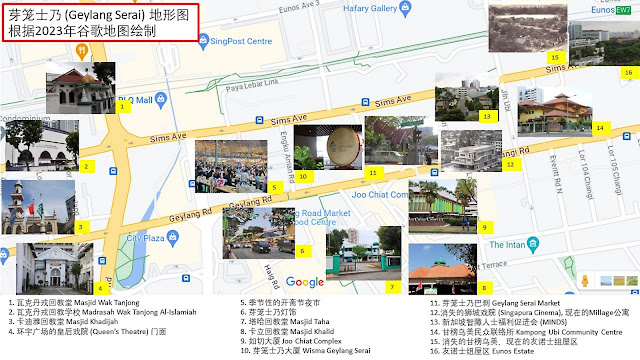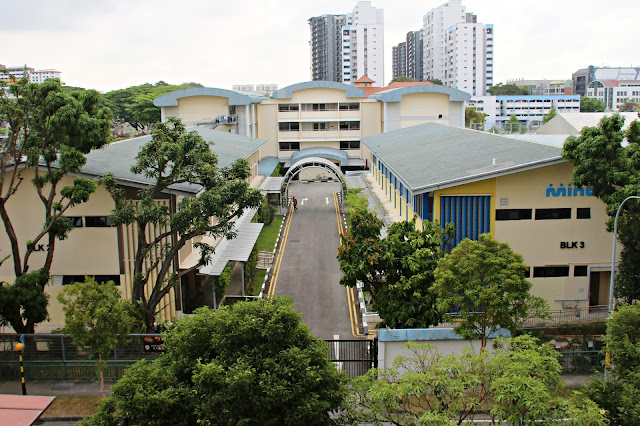Author: Han
Fook Kwang
Slowing
down the rapidly rising cost of healthcare in Singapore requires the
authorities to be willing to try new ways to solve the problem, says former
veteran newspaper editor Han Fook Kwang.
After I
wrote a piece on ever-rising medical insurance premiums in December last year,
a reader responded with his own experience.
His story
is interesting and there are lessons for Singapore.
When his
son was diagnosed with a life-threatening cardiovascular disease, the future
looked grim.
This was
how he described the condition: “My healthy 20-year-old son would be out of
breath walking 500m slowly. If there is a gentle incline he would struggle even
more - climbing just one flight of stairs could result in loss of
consciousness.”
While
there were various medical options available, he opted for a complex minimally
invasive procedure that needed to be done multiple times in stages.
They were
done in a private hospital here but after four such procedures, his son’s
condition had not improved.
The
prognosis remained the same: His son was dying.
TREATMENT
IN JAPAN
Urgent
action was required and he decided then to consult a cardiologist in Japan
known for his success in performing these procedures, and to fly there with his
son for the treatment.
After the
first two procedures, performed back-to-back over two days, this was how the
father described the improvement: “The results were immediate and dramatic.
Where my son would potentially faint climbing up stairs slowly before, now he
could rush up stairs two steps at a time, like a normal young adult.”
Three
months later, as planned, they returned to Japan for three more rounds of
treatment.
“His
condition is completely cured now,” the father reported.
The
interesting part of his story is not the success or failure of the treatments
in Singapore and Japan.
There will
always be more experienced and skilful doctors in other countries in the
different medical specialties, and each country will have its own strengths and
weaknesses.
That’s not
the point. What is of greater concern is the difference in costs.
In
Singapore, each procedure cost on average S$40,000 (US$29,700), excluding scans
and other tests. These costs were covered by insurance.
In Japan,
he was charged a total of S$17,000 for the first two procedures, and S$22,000
for the remaining three, which included a total of 10 days of hospitalisation
as well as the necessary tests. This means around S$7,000 to S$8,000 per
procedure or about five times cheaper than in Singapore.
It is a
staggering difference, made all the more puzzling by the fact that the Japanese
doctor was internationally recognised as a leader in the field, and the outcome
bore this out.
None of
this cost in Japan was covered by insurance as the coverage here does not
extend to overseas treatment.
RISING
HEALTHCARE COSTS IN SINGAPORE
His
experience raises the wider and more important question: Why was the medical
treatment so much more expensive here than in Japan?
Since his
son was a foreign patient, it is unlikely he benefited from state subsidies and
what he paid must have been close to or higher than the cost of performing the
operation in Japan. This means the actual cost in Japan could not be more than
S$7,000 a procedure.
What was
the cost in Singapore for which he was charged around S$40,000 per procedure?
Was the
huge difference because cost was different or was it because the mark-up or
profit here was much higher than in Japan?
Follow-up
question: Did the fact that he was insured in Singapore but not in Japan affect
these mark-ups as is commonly believed to be the case?
If you’re
insured, doctors tend to be less concerned about charging their patients since
someone else is paying.
The rising
cost of providing healthcare in Singapore is an issue that requires urgent
attention.
Government
spending on healthcare costs quadrupled from S$3.7 billion in 2009 to S$15.2
billion in 2020 and is projected to hit S$27 billion in 2030.
The
government recognises this and has been highlighting its concern about how
rapidly costs have gone up. It launched the Healthier SG initiative last year
aimed at strengthening primary care provided by general practitioners (GPs) who
are better placed to ensure their patients adopt a healthier lifestyle and
tackle medical problems at an earlier stage.
The
thinking is that when people live more healthily and their medical problems are
detected earlier by a GP, their medical bills in later life should be lower.
That is
the hope. But it will take time to see results, perhaps in a generation or so.
In the meantime, more direct and urgent measures might be needed to contain
rapidly increasing costs.
PRIVATE
VS PUBLIC HEALTHCARE
What can
be done?
For
government hospitals, you would expect costs to be lower than in the private
sector as it is able to benefit from economies of scale and to negotiate better
prices for equipment and drugs.
But is it
really the case? There are some surprising results when comparing public and
private sector prices.
For
example, for some tests, the prices of which are available in catalogues at
doctor clinics and online, government prices before subsidy are higher than
those from private providers.
For
testing of Vitamin D levels in blood, it costs S$106 at the specialist
outpatient clinics at government hospitals compared to S$95 at private
specialists.
For flu
jabs, it is S$33 at polyclinics and S$32 at Raffles Hospital, both prices
before the Goods and Services Tax (GST).
A 2D
echocardiography (non-invasive imaging test to analyse the heart) is also
higher at government compared to private hospitals.
These
private sector prices include mark-ups that might be as high as 50 per cent,
which means that their actual costs are probably much lower.
Managing
costs in the public sector is challenging because there is a major difference
in the motivation to do so compared to private hospitals.
The latter
is driven by the profit motive which provides a powerful incentive because any
reduction you can achieve shows in the bottom line. The mantra in private
practice is to cut down waste and improve efficiency. Hence a private
practitioner will try to see as many patients as possible, which results in a
lower cost per patient.
A public
doctor is unlikely to be driven by the same motivation but might prefer to do
other things such as research or other medical-related activities, but which
will not improve his unit cost per patient.
There is
nothing wrong with this behaviour and the point isn’t who is the better doctor.
They are driven by different motivations concerning costs that explain why
public sector costs may not be lower than that in the private sector.
This being
the case, it is critical that the public sector implements effective measures
to manage costs because individual players in the system may not.
The
government has started, in Healthier SG, with budget allocations for hospitals
based on the population being managed rather than the number and type of cases
treated.
With a
fixed budget, hospitals should hopefully be more cost conscious.
But it
should do more to learn from private sector practices, in the way staff are
deployed, their job scope and the way work is organised to bring down costs to
comparable levels.
It should
be noted that the discussion above is about the cost of providing medical
services.
What is
charged to the patient is a completely different matter, and there is,
similarly, a world of a difference between the two sectors.
While
private hospitals may be relentless about cutting costs, they will charge
whatever the market can bear, regardless of their actual costs. Hence patients
may end up paying sky high prices, even as costs are managed, as might have
been the case mentioned at the beginning of this article. There may be a need
for some form of price control in the private sector, to prevent them from
running away uncontrollably.










